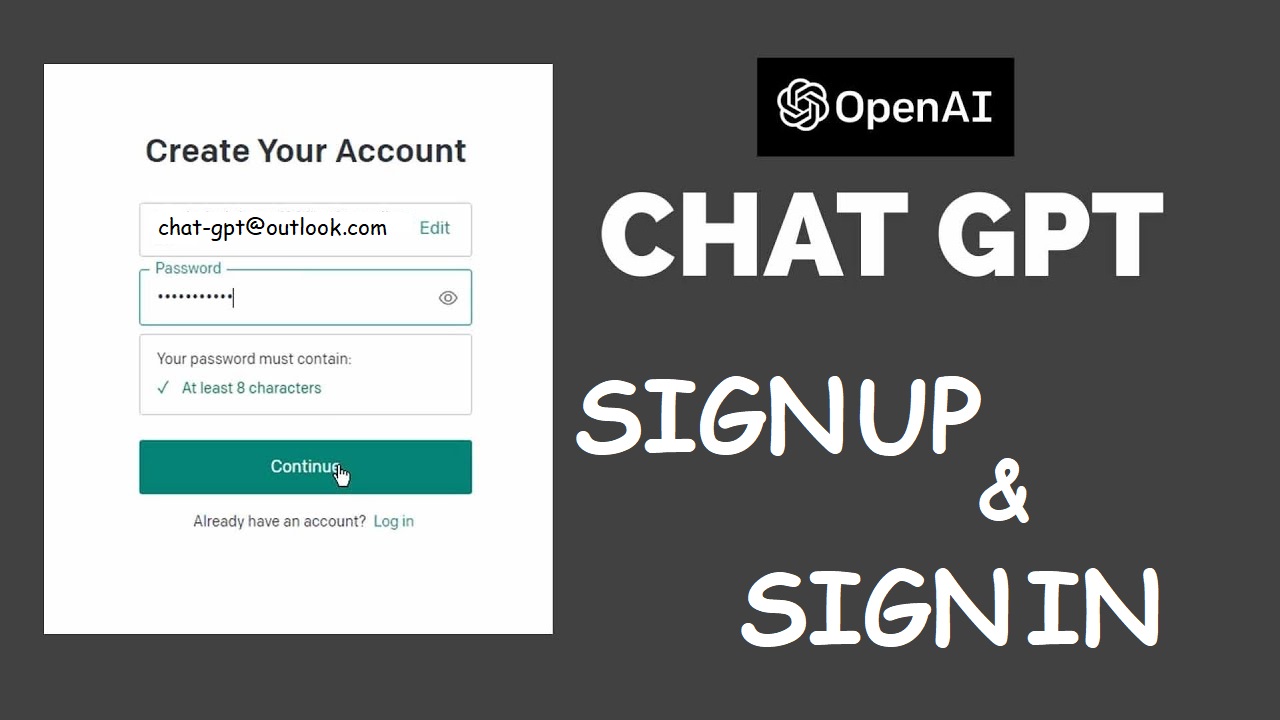ChatGPT has become a household name in the world of artificial intelligence, known for its ability to engage in human-like conversations and perform a wide range of language tasks. But how exactly does it fit into the broader landscape of generative AI models? This article aims to clarify ChatGPT’s classification and its place within the AI ecosystem.
Understanding Generative AI Models
Before we dive into ChatGPT’s specific classification, it’s important to understand what generative AI models are:
- Definition: Generative AI models are algorithms designed to create new content that resembles human-created content.
- Purpose: They can generate various types of data, including text, images, audio, and video.
- Learning process: These models learn patterns from vast amounts of training data to produce novel outputs.
ChatGPT’s Classification
ChatGPT falls into several categories within the generative AI model landscape:
1. Large Language Model (LLM)
- ChatGPT is primarily classified as a Large Language Model.
- LLMs are AI models trained on vast amounts of text data to understand and generate human-like text.
- As of 2024, the GPT-4 model (which powers the latest version of ChatGPT) is estimated to have over 1 trillion parameters, though the exact number is not publicly disclosed.
2. Transformer-based Model
- ChatGPT is built on the transformer architecture, specifically using the GPT (Generative Pre-trained Transformer) framework.
- Transformer models use self-attention mechanisms to process and generate sequences of data, making them particularly effective for language tasks.
3. Autoregressive Model
- ChatGPT generates text one token (word or subword) at a time.
- Each new token is conditioned on the previously generated tokens, allowing the model to maintain coherence and context throughout long-form text generation.
4. Text-to-Text Generative Model
- ChatGPT operates primarily in the text domain.
- It takes text inputs and generates text outputs, distinguishing it from models that work with other modalities like images or audio.
5. Foundation Model
- ChatGPT can be considered a foundation model, a term describing large-scale models trained on broad data that can be adapted to various downstream tasks.
- Its versatility allows it to perform a wide range of language tasks without task-specific training.
Key Characteristics of ChatGPT
Understanding ChatGPT’s classification helps us identify its key characteristics:
- Versatility: As a foundation model, ChatGPT can be applied to numerous language tasks, from conversation to content creation to code generation.
- Contextual Understanding: Its transformer architecture allows it to maintain context over long sequences of text.
- Scalability: As an LLM, ChatGPT benefits from scale, with larger versions generally demonstrating improved performance.
- Zero-shot Learning: ChatGPT can perform tasks it wasn’t explicitly trained on, demonstrating an ability to generalize from its training data.
- Natural Language Generation: It excels at producing human-like text across various styles and formats.
ChatGPT in the AI Ecosystem
ChatGPT’s classification places it at the forefront of natural language processing technology:
- It represents a significant advancement in text generation capabilities compared to earlier rule-based or statistical models.
- Its success has sparked increased interest and investment in large language models across the AI industry.
- ChatGPT serves as a benchmark for comparing other language models and often as a starting point for developing more specialized AI applications.
Conclusion
In the realm of generative AI models, ChatGPT is classified as a large language model, built on a transformer architecture, utilizing autoregressive text generation. Its categorization as a text-to-text foundation model underscores its versatility and potential for wide-ranging applications.
Understanding this classification is crucial for developers, researchers, and users alike. It helps in setting appropriate expectations, identifying potential use cases, and recognizing both the capabilities and limitations of the technology. As AI continues to evolve, ChatGPT’s classification may expand or shift, but its current position represents a significant milestone in the development of generative AI models.



